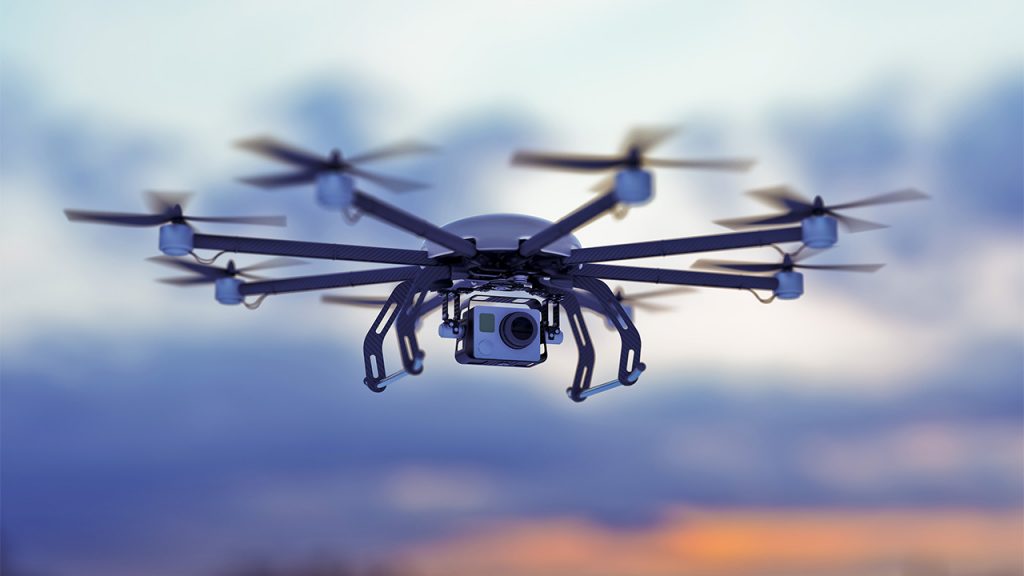
In addition, the FAA is also requiring remote identification for most drones in order to address security concerns.
“The new rules make way for the further integration of drones into our airspace by addressing safety and security concerns,” FAA Administrator Steve Dickson said in a statement. “They get us closer to the day when we will more routinely see drone operations such as the delivery of packages.”
Under the Operations Over People and at Night rule, drones will be required to have flashing anti-collision lights that can be seen up to three miles away and no exposed rotating parts that could potentially lacerate human skin. The final rule also requires drone operators to carry their remote pilot certificate and identification at all times and to complete special training.
Meanwhile, the Remote ID rule will require all drones registered with the FAA to broadcast identification, location, and take-off information via radio frequency. The final rule also eliminates the requirement that drones be connected to the internet to transmit location data.
Remote ID will be required for drones weighing 0.55 pounds or more and for smaller drones under certain circumstances, such as flights over open-air assemblies. Drone manufacturers will have 18 months to begin making drones with remote ID, and operators will have one year after that to start using drones with remote ID.
The final rules also allow operations over moving vehicles in some circumstances. Both rules will become effective 60 days after publication in the Federal Register.
Drones represent the fastest-growing segment in the entire transportation sector, with over 1.7 million drone registrations and 203,000 FAA-certificated remote pilots. However, drones being used for commercial delivery has developed much slower than expected.
The United Parcel Service became the first company in America to obtain governmental approval to operate a drone airline in October 2019. A similar approval was also given to Alphabet’s Wing, a sister unit of Google, last year.
Amazon CEO Jeff Bezos told “60 Minutes” in December 2013 that the company would use drones to deliver goods to customers’ doorsteps within five years. However, that prediction is already off by two years. Amazon Prime Air received approval by the FAA in August to deliver packages using drones, but a timeline as to when the drones would begin to make deliveries for customers has not been specified.
Representatives for UPS, Amazon and Wing did not immediately return FOX Business’ requests for comment on the new rule.





























